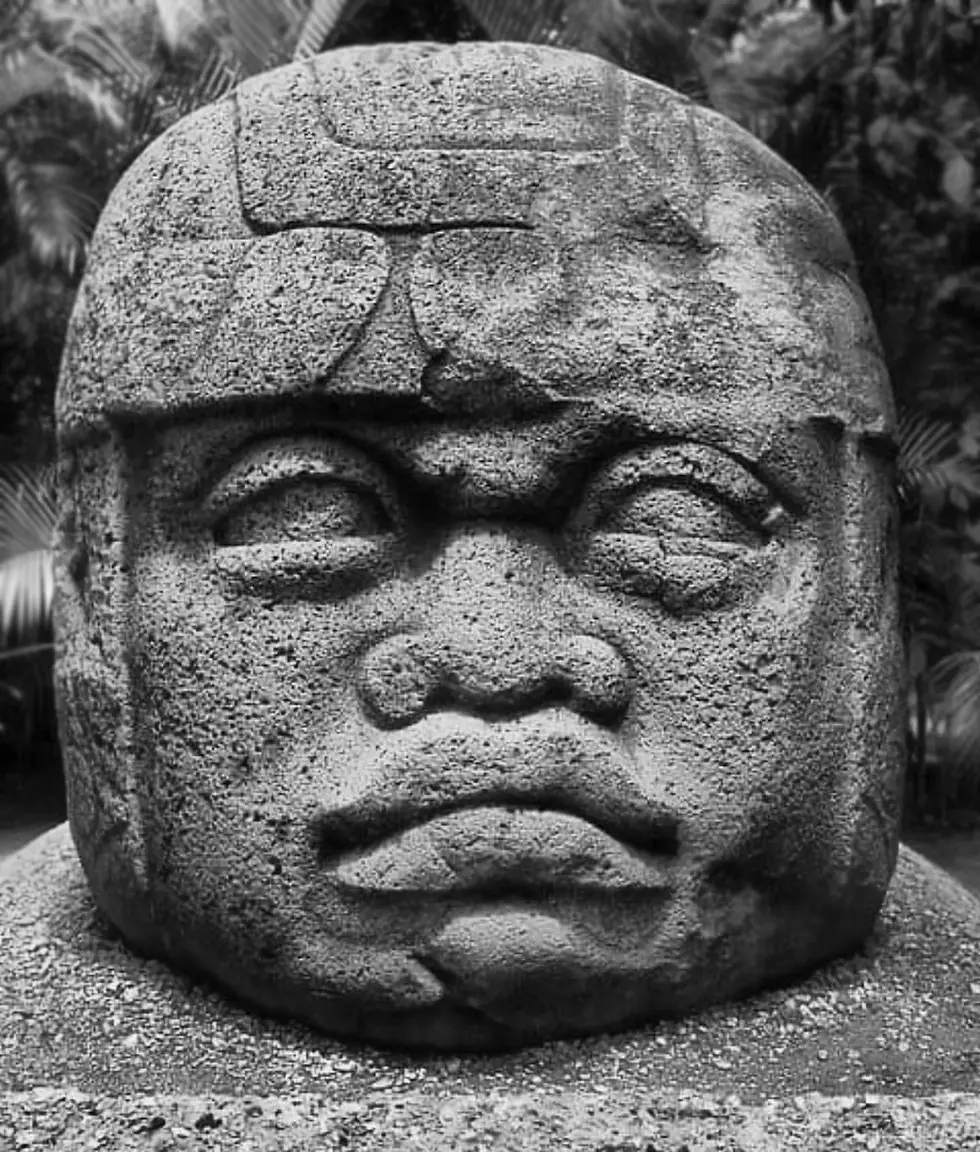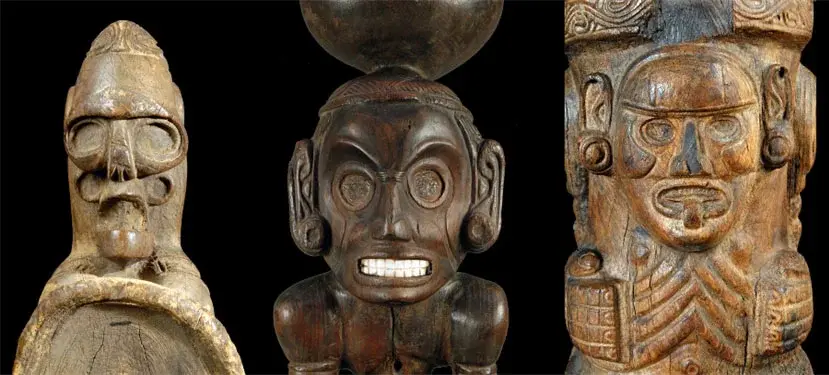
Mayan Culture
- ninedivinecreation
- Sep 20
- 5 min read
Updated: Sep 24
The Mayan culture is one of the most fascinating and sophisticated ancient civilizations of Mesoamerica. The Maya flourished in present-day Mexico, Guatemala, Belize, Honduras, and El Salvador. Here's a look at some key aspects of their culture:
1. History & Timeline
Classic Period (250-900 AD): The peak of the Maya civilization, where they built monumental cities and developed their most impressive architectural structures.
Postclassic Period (900-1500 AD): Marked by the decline of many southern cities, but northern cities like Chichen Itza remained powerful.
Contact Period (1500-1600s): The arrival of the Spanish in the early 16th century led to the eventual decline of the Maya, though many Maya communities continued to resist and survive.
2. Architecture
The Maya were exceptional builders, and their cities often featured stepped pyramids, palaces, ball courts, and plazas.
Notable Sites:
Tikal (Guatemala) – Known for its towering pyramids.
Chichen Itza (Mexico) – Famous for the El Castillo pyramid and the Cenote Sagrado (sacred well).
Palenque (Mexico) – Known for its beautiful temples and the tomb of King Pakal.
3. Writing System
The Maya had a complex writing system known as Maya hieroglyphics, which combined ideographic and phonetic elements.
The writing system was used for inscriptions on monuments, codices made from bark paper, and other surfaces.
Codices: These were books made of paper or parchment, folded into accordion-like structures, and were often used to record astronomical and ritual information.
4. Mathematics & Astronomy
The Maya were excellent mathematicians and astronomers. They had a base-20 number system (vigesimal), which was far more advanced than many other cultures of the time.
They also developed the Mayan calendar, which is famous for its precision. The Haab (a 365-day solar calendar) and the Tzolk'in (a 260-day ritual calendar) were used in conjunction to track time.
They accurately calculated the length of the solar year and even predicted celestial events like eclipses.
5. Religion
The Maya had a polytheistic belief system with many gods related to natural forces such as the sun, moon, rain, and maize (corn).
K'uk'ulkan (feathered serpent god) was one of the most important deities, associated with both life and death.
Religion played a major role in their lives, influencing everything from governance to daily activities, and their belief system was deeply tied to astronomy and cycles of nature.
Sacrificial Rites: The Maya practiced human and animal sacrifice, often at sacred sites or during special ceremonies, to appease the gods.
6. Social Structure
The Maya had a highly organized society with a ruling class of kings (Ajaw) who were often seen as divine or semi-divine.
The nobles or ajaw's family controlled much of the land and resources, while priests and warriors held significant power.
The common people were mostly farmers, laborers, and craftsmen, and there were slaves as well.
Merchants: There was also a class of traders who helped facilitate the exchange of goods like obsidian, cacao, textiles, and ceramics.
7. Art and Craftsmanship
The Maya produced intricate art in various forms, including sculpture, pottery, murals, and weaving.
They were particularly skilled in making ceramics and often decorated pots with vivid colors and detailed scenes.
Maya textiles were highly prized, and they created elaborate garments, often dyed with natural pigments.
8. Decline
The reasons for the decline of the Maya civilization are still debated, but a combination of factors likely contributed:
Environmental stress: Deforestation, climate change (drought), and soil degradation may have impacted agricultural production.
Political instability: Internal conflict and warfare between city-states may have weakened the overall society.
European arrival: The Spanish conquest led by Hernán Cortés in the 16th century further disrupted the region, with the introduction of diseases and violent warfare.
9. Legacy
Despite the decline of many of the Maya city-states, their culture and descendants live on today in modern Maya communities.
The Mayan language is still spoken by millions of people, and traditional Maya customs, art, and agricultural practices continue to thrive. 1. Social Status
Mayan warriors held a significant status in society. The nobility (or ajaw—the king or ruler) would often reward successful warriors with land, captives, or other honors. Some warriors even ascended to high positions in the political structure, often acting as military leaders or advisors.
2. Training and Weapons
Mayan warriors trained from a young age, and their education included martial skills as well as endurance. Their weapons included:
Spears and Atlatls: The atlatl was a spear-throwing device that allowed the warrior to launch projectiles with great force.
Clubs: Often made from wood, stone, or obsidian, these were used in close combat.
Bows and Arrows: The bow and arrow were commonly used for ranged attacks.
Macuahuitl: This was a weapon with a wooden shaft that had sharp obsidian blades attached to it. It was deadly in close combat.
3. Armor
Mayan warriors didn’t wear extensive armor like in later cultures (e.g., European knights), but they did wear protective gear such as:
Cotton armor: Often padded to provide some defense against strikes.
Shields: Made from wood, these shields were sometimes covered in leather or cloth and were used for both defense and displaying clan symbols.
4. Ritual Warfare
Warfare for the Maya was often tied to religious rituals. The main goal of some battles was not necessarily conquest, but capturing prisoners for human sacrifice or for use in political rituals. The Maya believed that the gods required human blood for balance and fertility. This is why captives from battles were sometimes taken alive and sacrificed.
5. Role of the Jaguar and Eagle Warriors
Mayan warriors were often grouped into specialized orders, which were associated with different animals:
Jaguar Warriors: These elite warriors were known for their strength, speed, and stealth. They wore jaguar pelts and were considered the most prestigious warriors in Mayan society.
Eagle Warriors: Another prestigious group of warriors, they were often associated with the sky and the sun, and they were known for their sharp vision and quick strikes. They wore feathers and headdresses resembling eagles.
6. Tactics and Strategy
Mayan warfare was often characterized by surprise attacks, ambushes, and guerilla tactics. The dense jungles and terrain of Mesoamerica were ideal for this kind of strategy. Warriors often engaged in small-scale skirmishes, raiding villages, and capturing enemy warriors rather than engaging in large-scale battles.
7. Ceremonial Importance
Beyond the battlefield, Mayan warriors were integral in the performance of ceremonies and rituals. They sometimes played roles in elaborate pageants that mimicked warfare and conquest. These performances symbolized the Maya’s relationship with their gods and the cosmos.
8. Decline of Mayan Warfare
Over time, the Mayan civilization began to decline, particularly during the Terminal Classic period (around 800-900 AD). Many factors contributed to this, including internal strife, environmental changes, and increased warfare. The once-great city-states, like Tikal and Calakmul, eventually fell due to ongoing conflicts and pressures from neighboring rivals.
The legacy of the Mayan warrior still carries cultural significance in modern Maya communities, where myths and legends of ancient heroes are still cherished.


